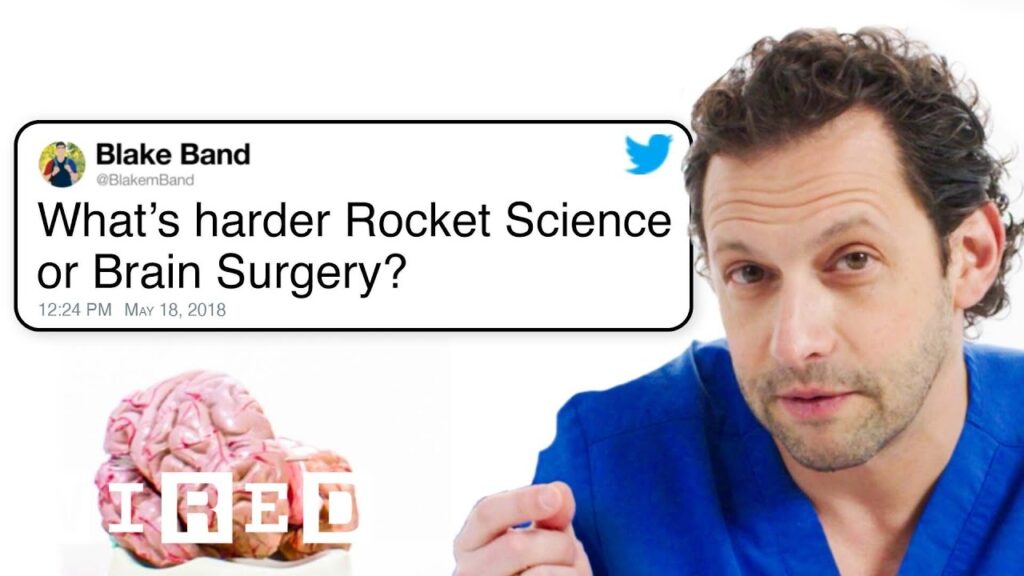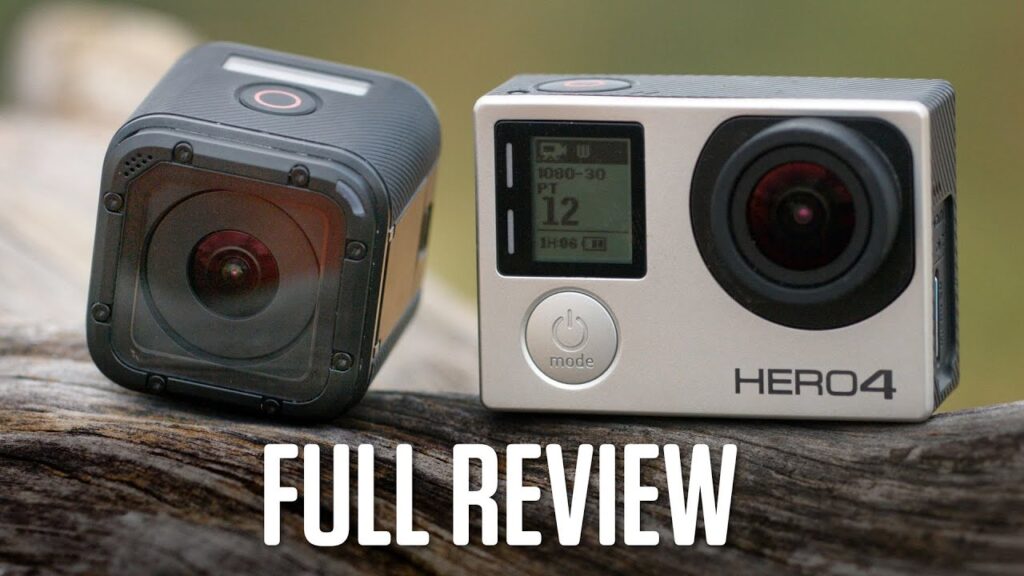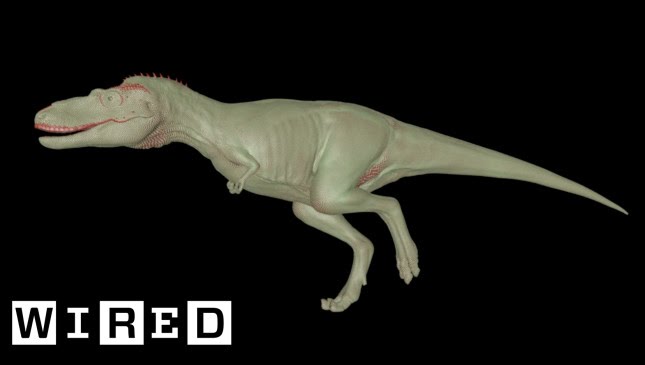The Human Face of Big Data: Capturing Visual Representations of Big Data
Summary
Rick Smoli, the photographer behind the Day in the Life series, presents his latest project called the Human Face of Big Data at the Wired Living by Numbers Conference. He explains how his project involves capturing visual representations of “big data.” He defines big data as the massive amount of information generated by humans on a daily basis due to the proliferation of smartphones and other digital devices. He presents photographs that demonstrate the quantity and impact of big data and discusses the positive impact big data can have, along with concerns about data transparency and government surveillance. The transcript also covers a variety of topics relating to the use of data and technology in healthcare and beyond, including wearable technology devices, data analysis for predicting heart attacks, and the potential of big data to address global issues.
Table of Contents
- The Challenge of Photographing Big Data
- Innovative Projects and Technologies from Different Fields
- Wearable Technology Devices for Monitoring Health
- Predictive Data Analysis for Healthcare
- Sharing Personal Health Information through Apps
- Conclusion
The Challenge of Photographing Big Data
Question: Can you explain the term “big data” and the challenge of photographing it for your project?
Answer: We define “big data” as the massive amount of information generated by humans on a daily basis, which has grown exponentially over the last few years due to the proliferation of smartphones and other digital devices. The challenge of capturing big data visually is essentially photographing something that is abstract. However, we were able to create photographs that highlight the quantity and impact of big data on the world. For example, one photograph shows Times Square at 9 pm and 9 am, demonstrating how much more information is available to us today than ever before.
Question: What are some of the other photographs that you captured that highlight the impact of big data?
Answer: We also captured a photograph that demonstrates how much data is generated in the first day of a baby’s life, which dwarfs the amount of information contained in the Library of Congress. We believe that these photographs are powerful visual representations of the amount of data generated today and the impact it has on individuals and society as a whole.
Innovative Projects and Technologies from Different Fields
Question: Can you give some examples of innovative projects and technologies that you have come across in your work?
Answer: Sure. We came across a $500 million early earthquake warning system in Japan that worked effectively during a recent earthquake. Additionally, there is a global earthquake early warning system that is based on crowdsourcing and uses the accelerometers in laptops to detect an earthquake. We also encountered a device created by Swetak Patel that recognizes the digital signature of every device in a household, which is useful for tracking energy usage. Another innovative project is a GPS device used to track the delivery and distribution of goods, which is especially helpful in countries with limited infrastructure.
Question: How is technology changing the world of advertising?
Answer: One example of how technology is changing the world of advertising is through targeted ads on social media platforms. An algorithm can be used to analyze a person’s interests, demographics, and browsing history to deliver ads that are more relevant to them. Additionally, Twitter is becoming a broadcasting network in people’s pockets, as many individuals use the platform to share news and information.
Wearable Technology Devices for Monitoring Health
Question: Can you speak to the concept of wearing devices to monitor bodily signals and prevent illnesses before they occur?
Answer: Yes, wearable technology devices are a growing field that can monitor various bodily signals such as heart rate, sleep patterns, and physical activity. It can be used to prevent illnesses before they occur by detecting changes in bodily signals that may indicate the onset of an illness. This technology has the potential to revolutionize healthcare by enabling doctors to take a more proactive approach to illness prevention rather than simply treating symptoms.
Question: What are some of the wearable technology devices that are being developed for monitoring health?
Answer: Some examples of wearable technology devices include smartwatches, wristbands, and patches that can track bodily signals. One specific product is the Magic Carpet, which uses sensors to track older adults’ gait and balance to alert family members if there is a change. By monitoring an individual’s physical movements, it can prevent falls and other injuries.
Predictive Data Analysis for Healthcare
Question: Is there anything in the field of healthcare that impressed you in terms of data analysis?
Answer: Absolutely. Predictive data analysis is a growing field in healthcare that involves using data analysis to predict and prevent medical issues. For example, there are tools that use data analysis to predict a person’s risk of heart attack or stroke, which can then be used to develop preventative measures. Additionally, the data generated by wearable technology devices can provide doctors with a comprehensive understanding of a person’s health, enabling them to take a more personalized approach to treatment.
Question: How can big data help address global issues?
Answer: Big data has the potential to address global issues such as poverty, disease, and climate change. By analyzing large datasets, policymakers can identify trends and make informed decisions about interventions. Additionally, big data can be used to track illegal activities and prevent human rights abuses.
Sharing Personal Health Information through Apps
Question: Can you tell us about any apps that allow individuals to compare and share their lives with others?
Answer: Yes, there is an app called “Human” that allows individuals to track and compare various aspects of their lives such as physical activity, sleep, and other health metrics. The app also enables individuals to share their data with others and compare their progress. Additionally, some healthcare organizations are developing apps that enable patients to share their health data with doctors, providing a more comprehensive understanding of their health.
Conclusion
In conclusion, the Human Face of Big Data project captures visually the abstract concept of “big data” and highlights its impact on individuals and society. Wearable technology devices and predictive data analysis are revolutionizing healthcare, while big data has the potential to address global issues. As technology continues to advance, we can expect even more innovative projects and technologies to emerge.







